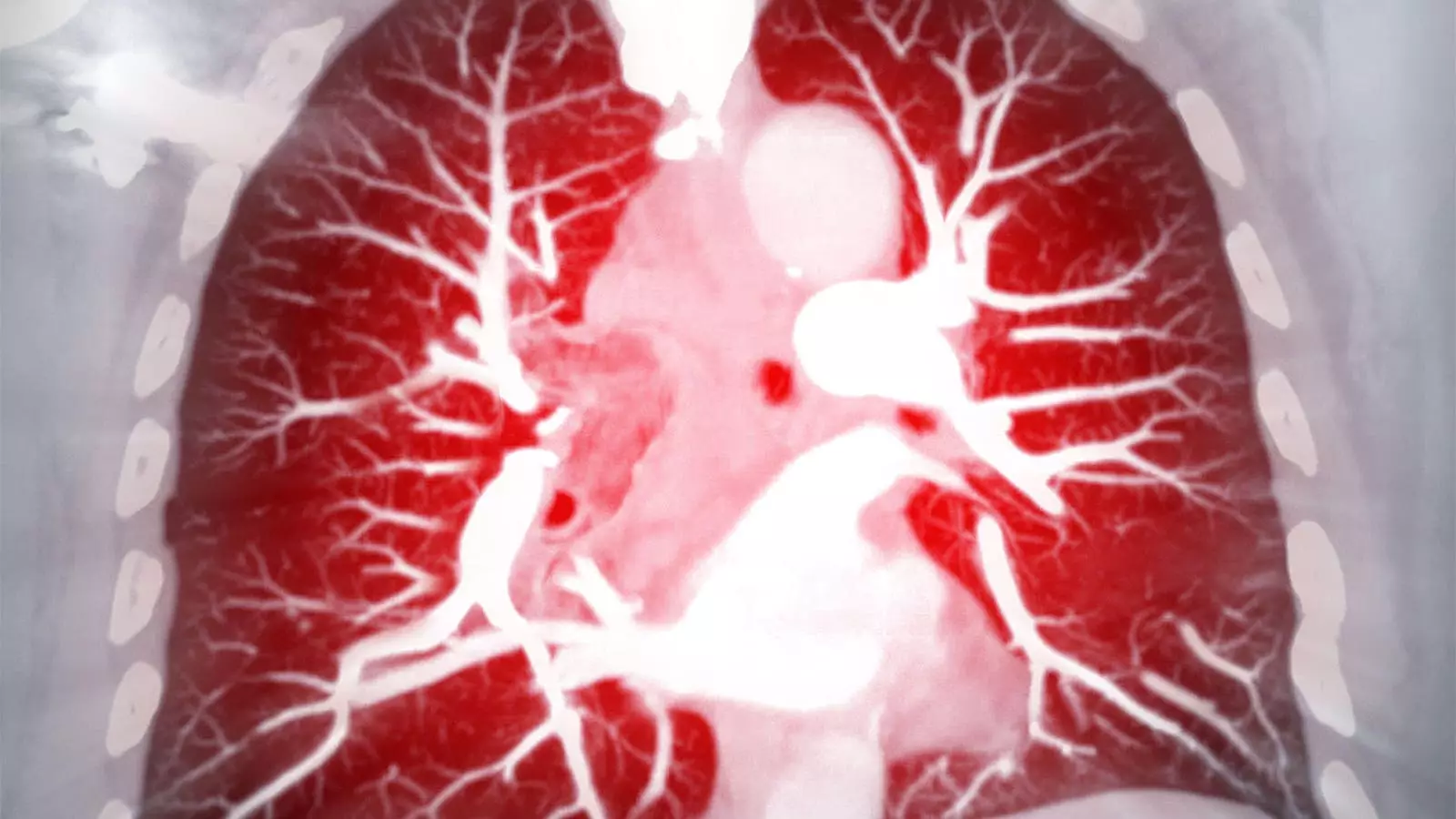Pulmonary arterial hypertension (PAH) remains a challenging condition for both patients and healthcare providers, characterized by high blood pressure in the lungs leading to significant morbidity and mortality. Following recent FDA approvals for two novel therapies—sotatercept (Winrevair) and the macitentan/tadalafil combination therapy (Opsynvi)—the landscape of PAH treatment is witnessing a significant transformation. This article aims to explore the clinical implications of these therapies, their market uptake, and the evolving treatment paradigms associated with PAH.
The arrival of sotatercept has ushered in a new era for the treatment of PAH. As the first activin-signaling inhibitor approved for this condition, sotatercept’s promise lies in its ability to enhance exercise capacity, improve functional classifications, and reduce the likelihood of clinical worsening in adults diagnosed with PAH. Initial excitement following its approval was largely fueled by the results from the Phase II PULSAR trial, which showcased significant improvements in patient outcomes. The continuation of this enthusiasm was reinforced by the announcement of the ZENITH trial results. These outcomes provided persuasive evidence that sotatercept could meaningfully lower risks of morbidity and mortality among patients receiving background PAH therapies.
Doctor Kristin Highland from the Cleveland Clinic, a key figure in the burgeoning PAH field, reported encouraging results from her institution’s participation in the ZENITH study, noting exceptional advancements among patients treated with sotatercept. One compelling case involved a patient who experienced enough recovery to be removed from the lung transplant list, illustrating the transformative potential of this therapy.
However, Highland emphasized the necessity of caution, as the long-term safety profile of sotatercept remains undetermined. Concerns regarding potential complications—such as bleeding—and the sustainability of its benefits are yet to be fully addressed. Moreover, it is crucial to investigate whether sotatercept can provide comparable benefits without the addition of background prostanoid therapy.
In the wake of sotatercept’s approval, macitentan combined with tadalafil presents an interesting alternative treatment approach. The move towards dual therapy, acknowledged as an important strategy in managing PAH, was solidified with the approval of macitentan/tadalafil as the first single-tablet dual therapy targeting both the endothelin receptor antagonist (ERA) and phosphodiesterase-5 (PDE-5) inhibitor pathways. This combination aims to ease the pill burden on patients, potentially enhancing adherence to therapy and overall patient satisfaction—critical factors in the management of a complex disease like PAH.
The recent A DUE trial demonstrated significant benefits associated with this combination therapy, particularly in reducing pulmonary vascular resistance compared to monotherapy with either agent. Highland notes, however, that providers may show hesitancy in initiating upfront combination therapy, particularly in patients with multiple co-morbidities. The standard practice still leans towards sequential therapy, although Highland expressed optimism regarding the tolerability of the combination approach based on the A DUE trial results.
While both therapies have potential, their effectiveness is influenced by external factors such as payer restrictions, prior authorization processes, and existing treatment guidelines. Highland points out that the adoption of each therapy is not solely dependent on efficacy but is also intertwined with the healthcare system’s intricacies—including the accessibility of treatments for patients.
As the therapeutic landscape for PAH continues to evolve, the possibility of integrating these therapies into routine clinical practice raises critical questions about long-term efficacy, combined treatment strategies, and patient-centric approaches. The ongoing HYPERION trial will provide valuable insights into how newly diagnosed, intermediate- to high-risk PAH patients respond to sotatercept, further enriching the discourse on its place in treatment protocols. Additionally, the forthcoming CADENCE study will explore the use of sotatercept in post-capillary pulmonary hypertension, which could significantly reshape current treatment paradigms.
The Seventh World Symposium on Pulmonary Hypertension guidelines recommend agnostic initiation of treatments aimed at securing low-risk status. This recommendation paves the way for more aggressive strategies in tackling PAH from the outset, led by emerging options like the combination of macitentan and tadalafil and novel modalities like sotatercept.
The recent FDA approvals of sotatercept and macitentan/tadalafil signify a promising advancement in the treatment of PAH, but the journey towards widespread adoption is fraught with challenges. Understanding the nuances of each drug’s role in clinical practice, patient responses, and long-term outcomes will be crucial in maximizing their potential benefits. As more data become available and patients gain access to these therapies, there is hope that the management of PAH will become more effective and tailored to individual needs, potentially altering the disease’s trajectory for many individuals.

Leave a Reply